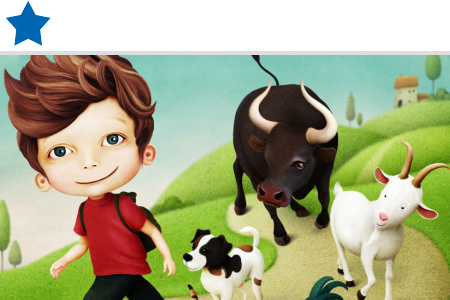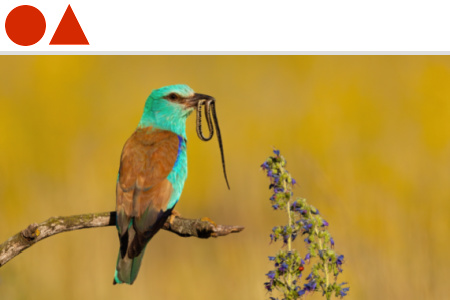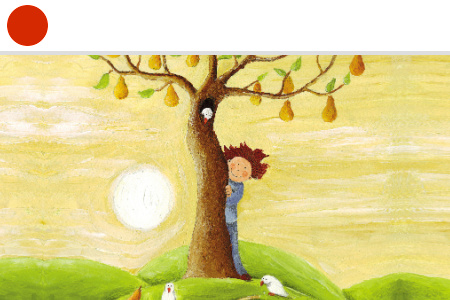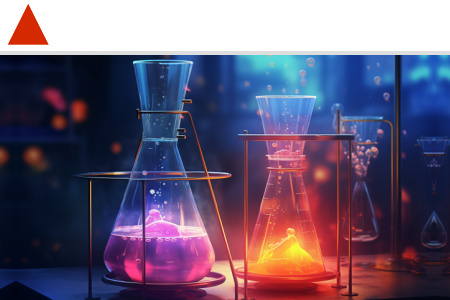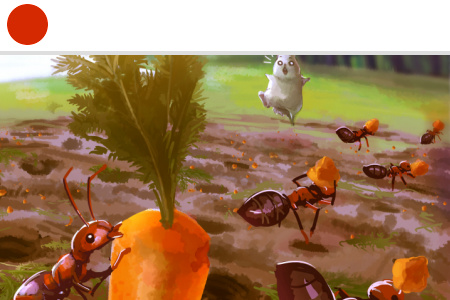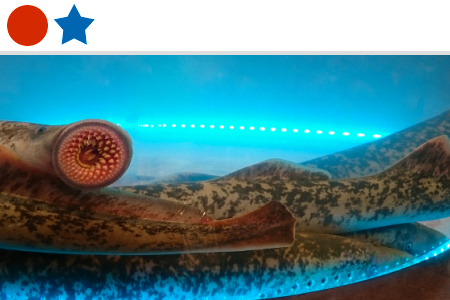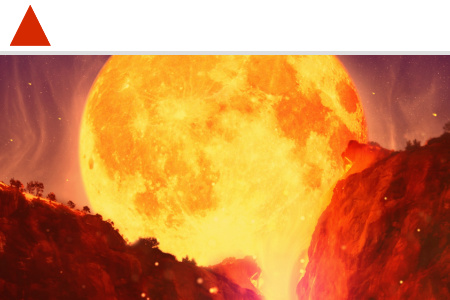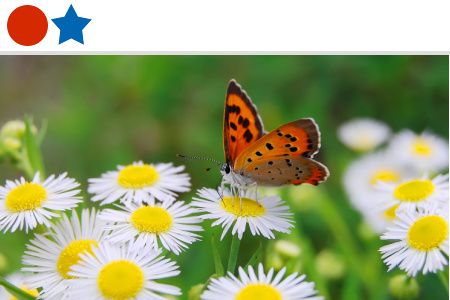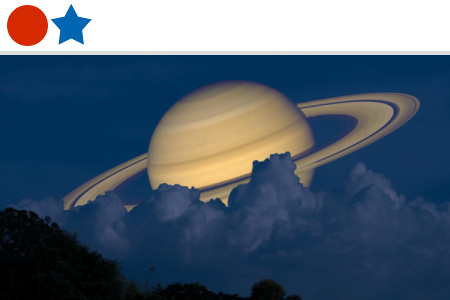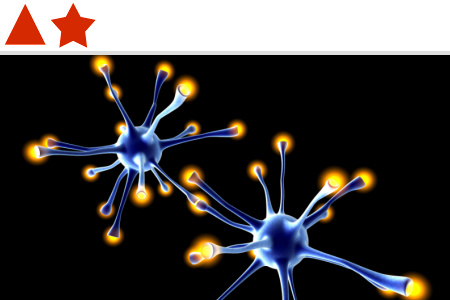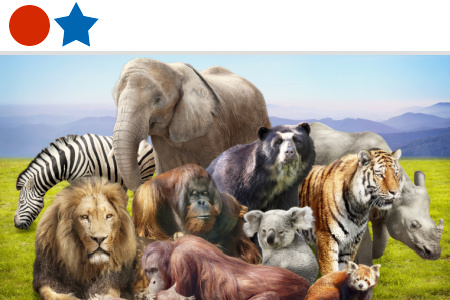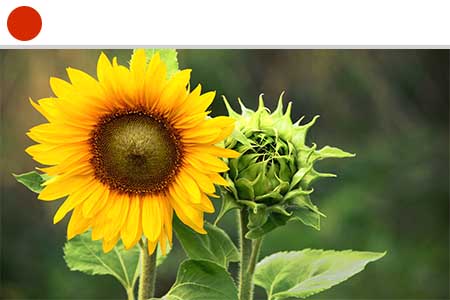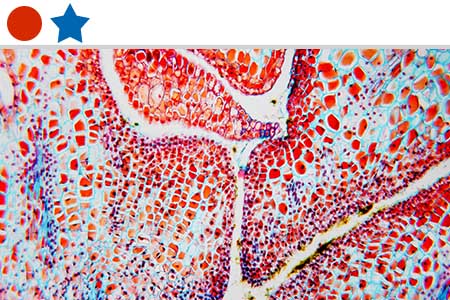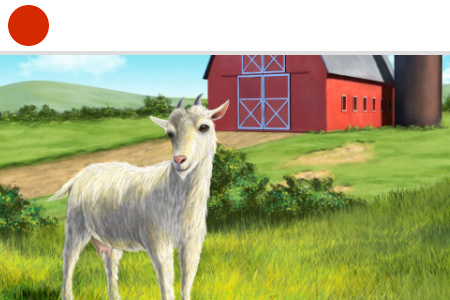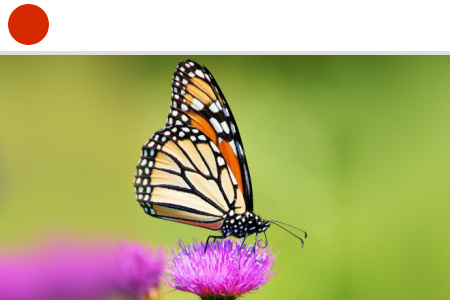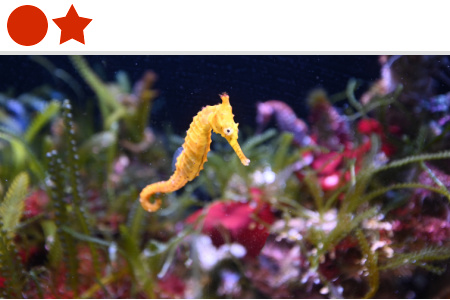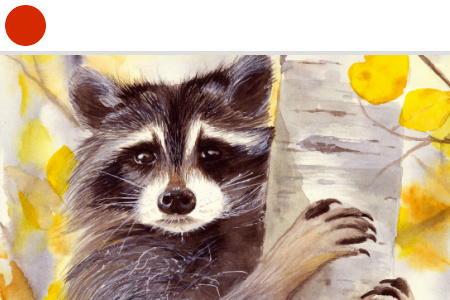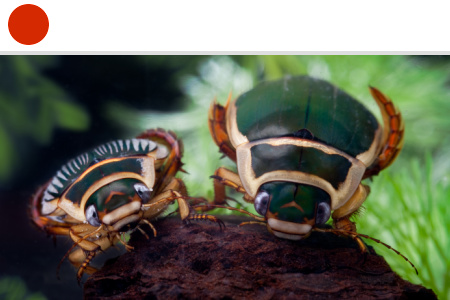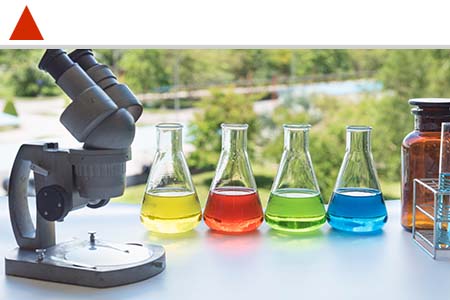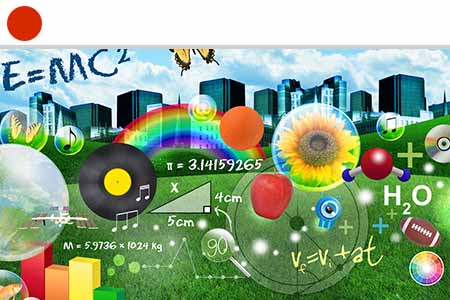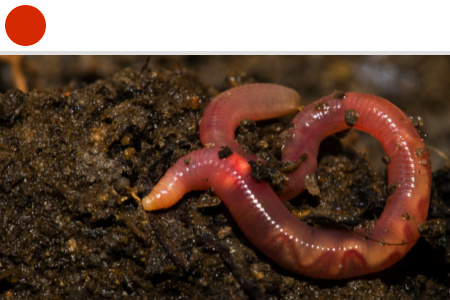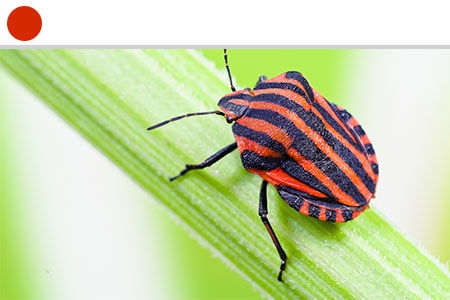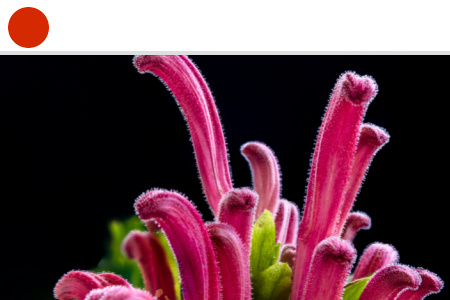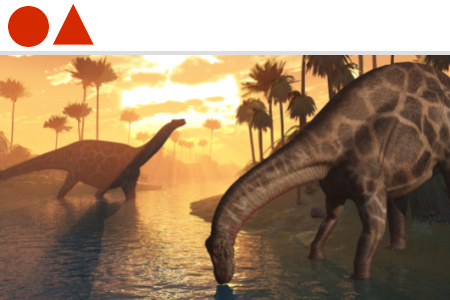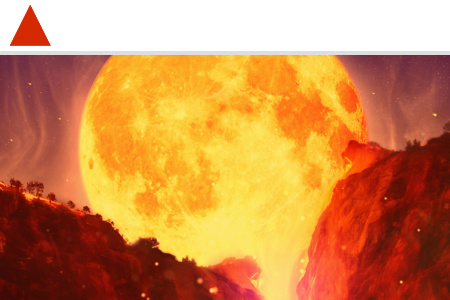Exploring God’s World with Sixth Grade Science Homeschool Science Curriculum
Just how big is Jupiter? What is the difference between a food chain and a food web? In our Exploring God’s World with Sixth Grade Science course, students learn the answers to these questions and more! Through thirty-six weeks of lessons, homeschool students study dozens of topics including biomes, photosynthesis, astronomy, infectious diseases, and animal classification.
Explore our iST interactive curriculum offerings! Members, sign up for free below.
A Parent’s Perspective:
My son thoroughly enjoyed the (iST) lessons, often redoing them or doing extra content when the opportunity was possible. He was able to complete days independently without guiding or explanation from me . . . As a parent, the best part of my experience was his recounting what he learned even days later. — Laura R.
Stay organized and confident in your homeschool journey with the Homeschool Records Center and Schoolhouse Gradebook. Simplify record keeping, track progress, create transcripts, and meet state requirements with printable tools and expert guidance—all in one convenient place.
External links may be included within the course content; they do not constitute an endorsement or an approval by SchoolhouseTeachers.com of any of the products, services, or opinions of the corporation, organization, or individual. Contact the external site for answers to questions regarding its content. Parents may wish to preview all links because third-party websites include ads that may change over time.
Para traducir cualquier página web, haz clic en los tres puntos o líneas en la esquina superior derecha de tu navegador, o haz clic aquí para más información.
Exploring God’s World with
Sixth Grade Science
Length: 36 weeks
Content type: Text based
Grade: 6
Deana Pittman
Related Classes You May Enjoy






